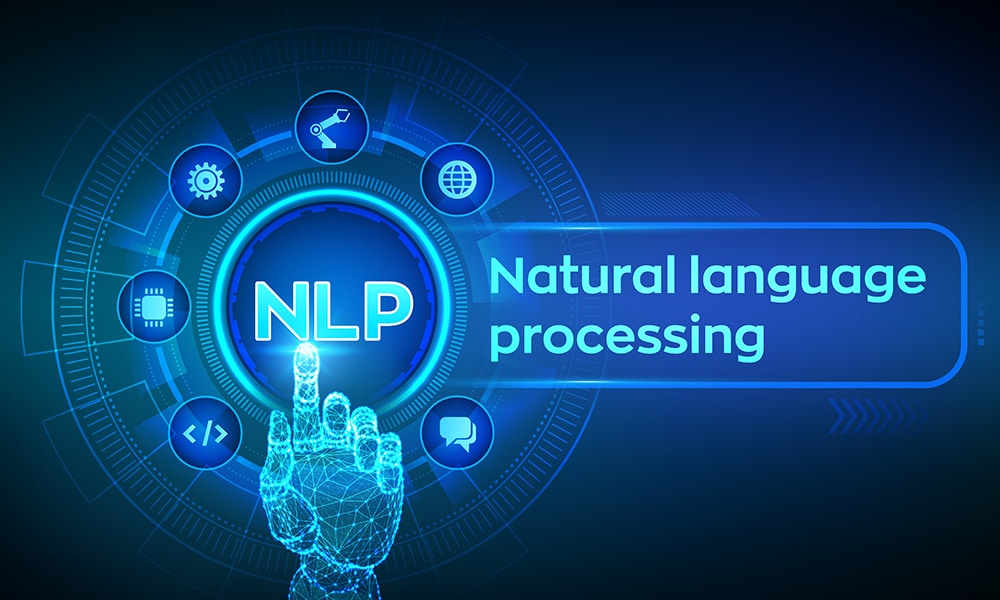By ATS Staff - June 15th, 2025
Artificial Intelligence Python Programming Software Development
Natural Language Processing (NLP) is a rapidly evolving field that enables machines to understand, interpret, and generate human language. With advancements in AI and machine learning, several powerful NLP libraries have emerged to simplify text processing, sentiment analysis, machine translation, and more.
In this article, we’ll explore the best NLP libraries in 2024 that developers and researchers can use to build cutting-edge language models and applications.
1. Hugging Face Transformers
🔹 Best for: State-of-the-art pre-trained models (BERT, GPT, T5, etc.)
🔹 Language: Python
Hugging Face’s Transformers library is one of the most popular NLP libraries, offering thousands of pre-trained models for tasks like text classification, named entity recognition (NER), and text generation. It supports PyTorch, TensorFlow, and JAX, making it highly versatile.
✅ Key Features:
- Easy-to-use API for fine-tuning models
- Supports transformer-based models (BERT, GPT, RoBERTa, etc.)
- Integration with Hugging Face Hub for model sharing
📌 Use Case: Sentiment analysis, chatbots, text summarization
2. spaCy
🔹 Best for: Industrial-strength NLP tasks
🔹 Language: Python
spaCy is a fast and efficient library designed for production use. It excels in tasks like tokenization, part-of-speech (POS) tagging, dependency parsing, and named entity recognition (NER).
✅ Key Features:
- Optimized for speed and performance
- Pre-trained models for multiple languages
- Easy integration with deep learning frameworks
📌 Use Case: Text preprocessing, information extraction, chatbots
3. NLTK (Natural Language Toolkit)
🔹 Best for: Educational purposes & research
🔹 Language: Python
NLTK is one of the oldest and most widely used NLP libraries, ideal for learning NLP concepts. It provides tools for tokenization, stemming, lemmatization, and corpus analysis.
✅ Key Features:
- Extensive collection of text-processing algorithms
- Great for beginners in NLP
- Supports multiple languages
📌 Use Case: Academic research, prototyping NLP models
4. Gensim
🔹 Best for: Topic modeling & word embeddings
🔹 Language: Python
Gensim specializes in unsupervised topic modeling and document similarity analysis using algorithms like Word2Vec, Doc2Vec, and Latent Dirichlet Allocation (LDA).
✅ Key Features:
- Efficient implementation of Word2Vec
- Scalable for large text corpora
- Works well with other NLP libraries
📌 Use Case: Document clustering, recommendation systems
5. Stanford NLP (Stanza)
🔹 Best for: Multilingual NLP tasks
🔹 Language: Python
Developed by Stanford University, Stanza (formerly StanfordNLP) provides robust tools for syntactic and semantic analysis in over 70 languages.
✅ Key Features:
- High accuracy in dependency parsing
- Supports multiple languages
- Pre-trained neural models
📌 Use Case: Machine translation, multilingual text analysis
6. Flair
🔹 Best for: Contextual embeddings & advanced NLP
🔹 Language: Python
Flair by Zalando Research offers state-of-the-art embeddings (Flair, BERT, ELMo) for sequence labeling and text classification.
✅ Key Features:
- Contextual string embeddings
- Supports multiple languages
- Easy integration with PyTorch
📌 Use Case: Named entity recognition (NER), sentiment analysis
7. AllenNLP
🔹 Best for: Research & custom NLP models
🔹 Language: Python
Built on PyTorch, AllenNLP simplifies the development of complex NLP models with a modular approach.
✅ Key Features:
- High-level abstractions for model building
- Pre-trained models for various tasks
- Active research community
📌 Use Case: Custom NLP model development, semantic role labeling
Conclusion
Choosing the right NLP library depends on your project needs:
- For cutting-edge models: Hugging Face Transformers
- For production use: spaCy
- For learning NLP: NLTK
- For topic modeling: Gensim
- For multilingual support: Stanza
- For contextual embeddings: Flair
- For research: AllenNLP
As NLP continues to advance, these libraries will remain essential tools for developers and researchers.
Popular Categories
Agile 2 Android 2 Artificial Intelligence 49 Blockchain 2 Cloud Storage 3 Code Editors 2 Computer Languages 11 Cybersecurity 8 Data Science 14 Database 5 Digital Marketing 3 Ecommerce 3 Email Server 2 Finance 2 Google 6 HTML-CSS 2 Industries 6 Infrastructure 2 iOS 3 Javascript 5 Latest Technologies 41 Linux 5 LLMs 11 Machine Learning 32 Mobile 3 MySQL 2 Operating Systems 3 PHP 2 Project Management 3 Python Programming 25 SEO - AEO 5 Software Development 43 Software Testing 3 Web Server 6 Work Ethics 2